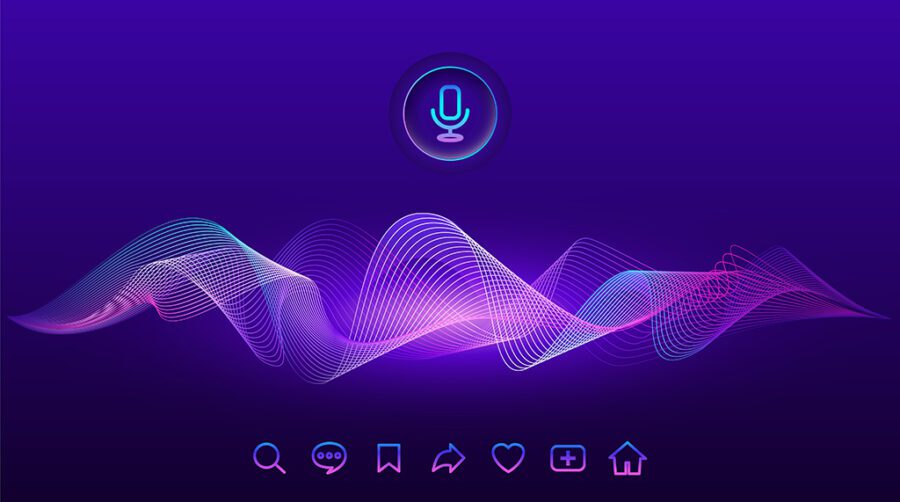Artificial Intelligence (AI) continues to revolutionize the HR and business landscape, with text-to-speech (TTS) and speech-to-text (STT) technologies being among the most transformative applications. These technologies have become essential tools for modern workplaces, offering significant improvements in communication, accessibility, and efficiency. In this article, we will explore the evolution of TTS technology, its NLP-driven working principles, and its various industry applications, particularly in human capital management and business processes.
The Evolution of Text-to-Speech Technology
The development of TTS technology has come a long way from its rudimentary beginnings. Initially, TTS systems relied on rule-based methods, where text was transformed into speech using predefined linguistic and phonetic rules. However, these early systems often produced robotic and unnatural voices.
With advancements in machine learning and AI, TTS systems have become far more sophisticated. Modern TTS systems utilize deep learning models, including neural networks, to produce natural-sounding speech. These improvements have made TTS more applicable and versatile across industries.
To learn more about the journey of TTS technology, check out this comprehensive article on the evolution of TTS.
How NLP-Driven TTS and STT Technologies Work
NLP-driven TTS and STT technologies are fundamentally based on machine learning algorithms and neural networks. These systems are trained on vast datasets, allowing them to recognize patterns in human speech and text. The key components of NLP-driven TTS and STT include:
-
Text Preprocessing: This involves breaking down text into smaller units (like phonemes) and understanding the grammatical context.
-
Acoustic Modeling: Models map text data to speech waveforms, focusing on tone, pitch, and intonation.
-
Voice Synthesis: The system generates human-like audio from processed text.
-
Speech Recognition: For STT, the system analyzes sound waves, extracting linguistic information to convert speech to text.
These technologies continuously improve through training on diverse language data, which makes them highly adaptive and context-aware.
Industry Applications of TTS and STT Technologies in Human Capital Management
The potential applications of NLP-driven TTS and STT in HR and business management are vast, with many organizations leveraging these technologies to enhance their operations. Some notable applications include:
-
Voice-Activated HR Systems: Automating routine HR tasks like attendance tracking and payroll processing through voice commands.
-
Virtual Assistants for Employee Engagement: AI-driven chatbots using TTS and STT to interact with employees, gather feedback, and provide support.
-
Inclusive Communication: Enhancing accessibility by providing audio content for visually impaired employees and multilingual support for diverse teams.
-
Voice Data Entry for HR Analytics: Automating data collection through voice inputs, reducing manual data entry errors.
-
Training and Onboarding: Using TTS to create audio training modules and interactive onboarding experiences.
The Future of TTS and STT in Business Operations
As TTS and STT technologies continue to evolve, we can expect even more natural and nuanced voice interactions. Innovations in deep learning and neural networks are pushing the boundaries of how these systems understand and mimic human speech. This progression will further integrate AI-driven TTS and STT into everyday business applications, from automated customer support to streamlined HR management.
For more on cutting-edge TTS advancements, visit NetGeist.ai.
Conclusion
AI-driven TTS and STT technologies are redefining how businesses and HR teams communicate and manage their human capital. From automating HR tasks to improving accessibility and engagement, these systems offer transformative potential. As AI continues to advance, the capabilities of TTS and STT will only grow, providing businesses with more efficient and human-centered communication solutions.











